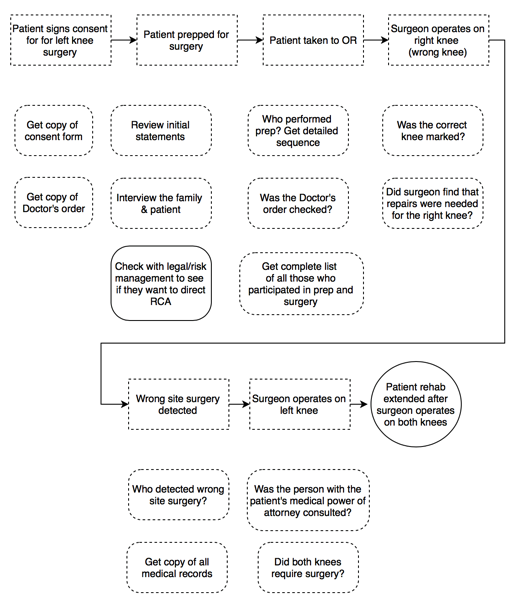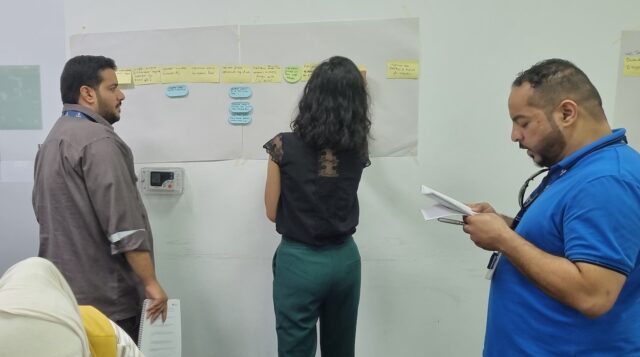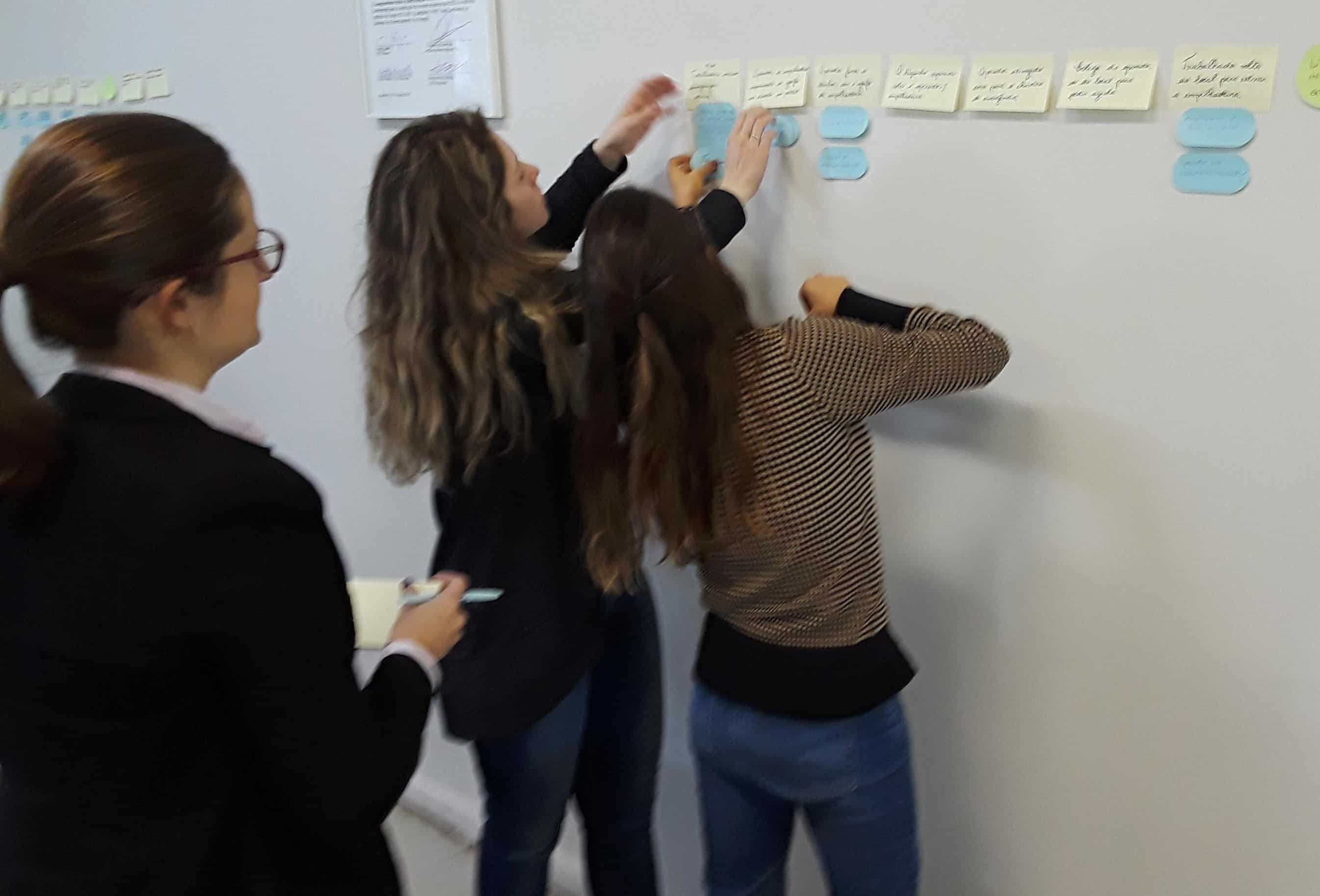Stop Assumptions in Their Tracks!

Investigations and Assumptions
Assumptions can cause investigators to reach unproven conclusions.
But investigators often make assumptions without even knowing that they are assuming.
So how do you STOP assumptions in their tracks?
When you are drawing your SnapCharT® Diagram, you need to ask yourself …
“How do I know that?“
Verifying an Event or Condition
If there are two ways to verify an Event or a Condition, you probably have a FACT.
But what if you have only one way (or no ways) to prove something? You are probably making an assumption.
If you only have one source of information (one way to verify the information), you may decide that the quality of the information is good enough.
Consider this example …
An eyewitness tells you something. Is that a fact or an assumption on your SnapCharT® Diagram?
Eyewitness statements are notoriously inaccurate. But they often are considered facts in a court of law. What would you do on your SnapCharT® Diagram? I would probably put it in a dotted box or oval to indicate that it is an assumption until there was some independent source that I could use to verify the eyewitness information.
Dotted Boxes and Ovals
Dotted boxes/ovals on a SnapCharT® Diagram are shown in the example shown below…

What if you just have one piece of physical evidence? You need to ask how certain you are that this piece of physical evidence can only have one meaning or one cause. Could it have been accidentally or intentionally tampered with?
You can also put questions that you need to answer to verify facts in dotted ovals.
For any boxes or ovals that you are certain about, you should include the ways that you have verified your information on the SnapCharT® Diagram.
Stopped in Their Tracks
These actions and your SnapCharT® Diagram have helped you stop assumptions in their tracks!
Want to learn more about using a SnapCharT® Diagram in an investigation? Attend an upcoming TapRooT® Root Cause Analysis Course.
See the types of courses you can attend HERE.
See the dates and locations for courses being held around the world HERE.

But whatever you do … Don’t Assume!



